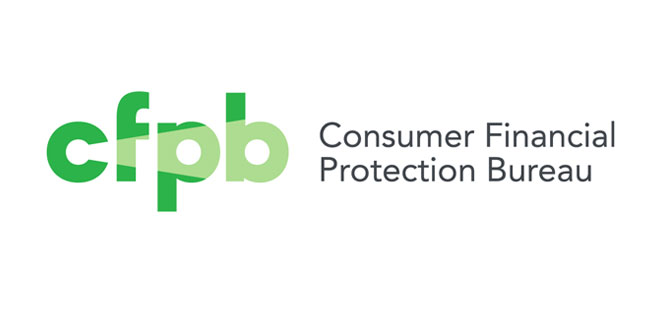Last week, the Consumer Financial Protection Bureau released its final rule that covers generally the small-dollar lending market. Importantly, the final rule protects banks that make small-dollar “accommodation loans” to customers on an occasional basis.
“The OBA challenged the complexity of the initial proposal in 2016 and its applicability to traditional community banks,” said OBA President Roger Beverage. “When we met with the Bureau in 2016 we were told that the initial proposal was intended to be exceptionally complex in order that ‘payday lenders’ – the target of this proposal – would not be able to find a way to skirt or otherwise get around the proposed rule. That was the first time I’d ever heard a bank regulatory agency admit the rule they were proposing was consciously made more difficult to understand so the target entities would have trouble implementing it.
“We explained how it would impact traditional community banks, and asked that they be specifically exempted from this proposal. The Bureau representatives responded by saying, ‘Oh no, we couldn’t do that because then one of these (payday lenders) would just buy one of you and get around the rule that way.
“Really?” Beverage said. “In any event, we submitted a very detailed and specific comment letter, referring to some examples of when these ‘accommodation loans’ were made by member banks. So did a lot of our colleagues, the ABA and the ICBA. At the end of the day, small dollar loans by OBA-member banks were exempted entirely from the rule, BUT . . . there are conditions. These kind of loans
- must be made by a lender (no size limitation – it applies regardless of size) that has made fewer than 2,500 of these kinds of loans in each of the current and previous years, and
- must also account for less than 10 percent of the bank’s revenues;
- for banks that exceed the threshold for the accommodation loan exemption, the final rule preserves the ability of these banks to offer installment loans of 46 days or more, which ABA believes will allow banks to innovate and increase their responsible small-dollar credit products.
“With today’s rule, the bureau has reiterated its earlier view that banks can play an important role in meeting the needs of small-dollar borrowers,” said ABA SVP Ginny O’Neill. “As we continue to analyze the final rule’s 1,690 pages, we hope that it will allow banks to expand programs to effectively meet the small-dollar credit needs of their customers.” ABA will continue to review the final rule and will publish a detailed summary/staff analysis of it.
Here’s the quick summary from the ABA about why bankers have concerns:
First, the rule identifies it as an unfair and abusive practice for a lender to make covered short-term or longer-term balloon-payment loans, including payday and vehicle title loans, without reasonably determining that consumers have the ability to repay the loans according to their terms. The question we have is, what is “abusive?” It could be anything the rule writer dreams up. (Note: the rule exempts certain loans from the underwriting criteria prescribed in the rule if they have specific consumer protections).
Second, for the same set of loans along with certain other high-cost longer-term loans, the rule identifies it as an unfair and abusive practice to make attempts to withdraw payment from consumers’ accounts after two consecutive payment attempts have failed, unless the consumer provides a new and specific authorization to do so.
Finally, the rule prescribes notices to consumers before attempting to withdraw payments from their account, as well as processes and criteria for registration of information systems, for requirements to furnish and obtain information from them, and for compliance programs and record retention.
The rule prohibits evasions and operates as a floor leaving State and local jurisdictions to adopt further regulatory measures (whether a usury limit or other protections) as appropriate to protect consumers.
In case you’re interested, here’s some of the introductory comments from the Bureau about why it believes this rule is warranted:
The Bureau is concerned that lenders that make covered short-term loans have developed business models that deviate substantially from the practices in other credit markets by failing to assess consumers’ ability to repay their loans according to their terms and by engaging in harmful practices in the course of seeking to withdraw payments from consumers’ accounts.
The Bureau has concluded that there is consumer harm in connection with these practices because many consumers struggle to repay unaffordable loans and in doing so suffer a variety of adverse consequences. In particular, many consumers who take out these loans appear to lack the ability to repay them and face one of three options when an unaffordable loan payment is due: take out additional covered loans (“re-borrow”), default on the covered loan, or make the payment on the covered loan and fail to meet basic living expenses or other major financial obligations.
As a result of these dynamics, a substantial population of consumers ends up in extended loan sequences of unaffordable loans. Longer-term balloon-payment loans, which are less common in the marketplace today, raise similar risks.
 Oklahoma Bankers Association We make bankers better!
Oklahoma Bankers Association We make bankers better!

